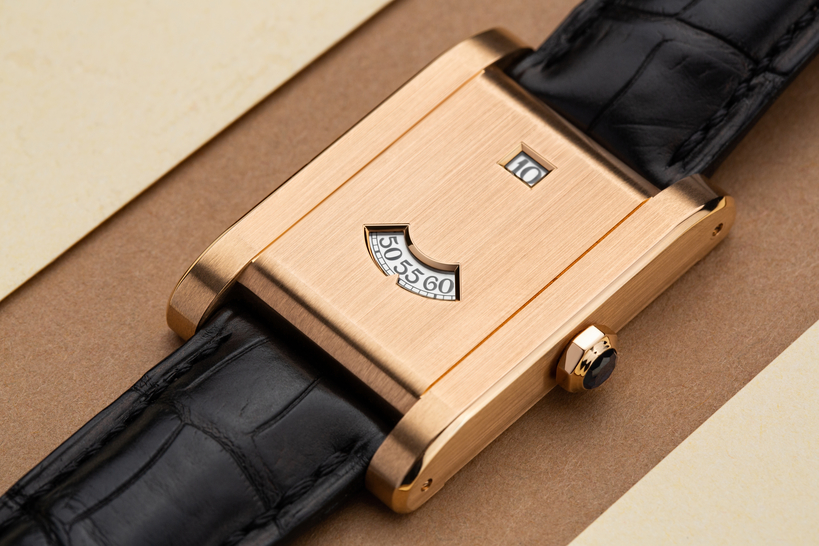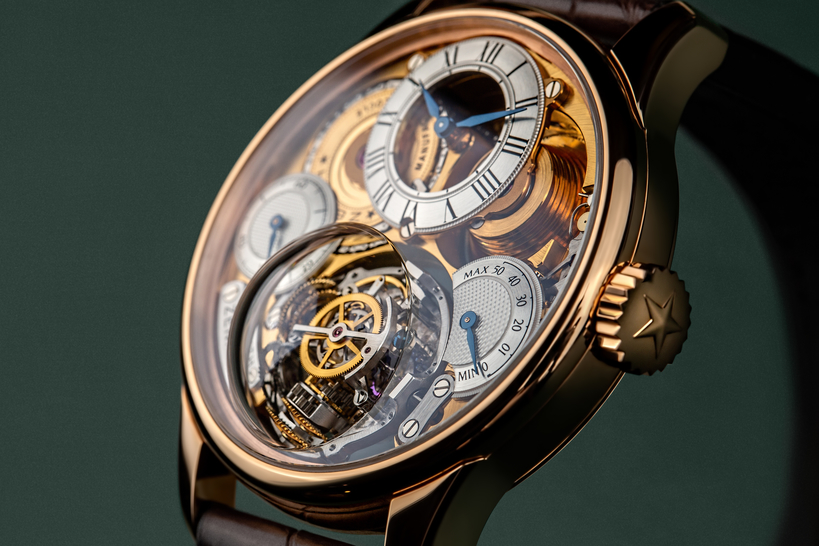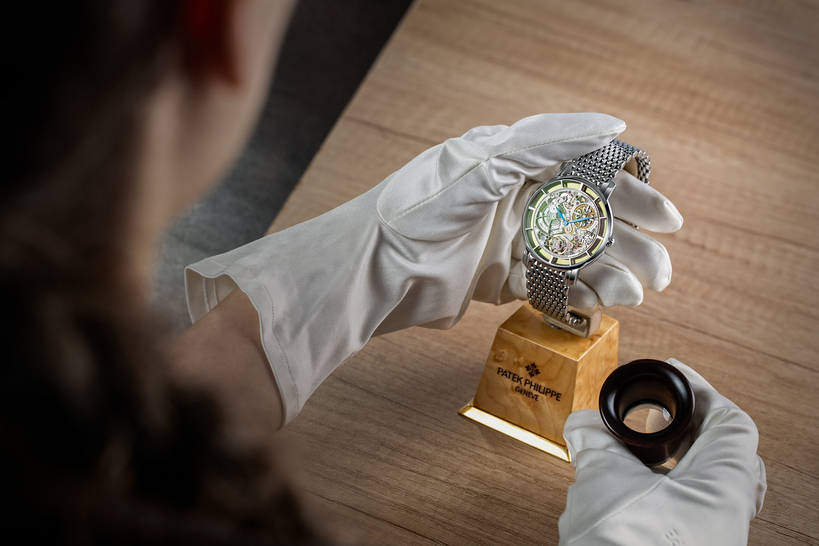This precision timepiece by Maximilian Büsser and Co. accurately displays the time and broadens the imagination at the same time.
From a pink glass table called Croisé inspired by the ballet Swan Lake, an industrial ZEUS .021 lamp and collection of sunglasses for the Italian eyewear brand RETROSUPERFUTURE — the interests and objects created by the designer Maximilian Maertens who runs his own studio in Berlin couldn't be more miscellaneous.
Yet the designer became known for his projects completed in partnership with MB&F. Maertens who completed an internship at Maximilian Büsser's company worked on the T-Rex and TriPod table clocks. His latest co-creation is the Orb table clock.
This model looks like an anatomical model of the human eye for medical students, or a character from the animated film Monsters Inc. called Mike Wazowski, who has one big eyeball. It was created by the members of a real dream team: MB&F and L’Epée 1839. Another thing the orb reminds you of is a beetle with its shiny wings open.
That's the feeling you get looking at the perfect sphere when its protective aluminum wing covers (elytra) are open, which are covered with several layers of lacquer. The watchmakers used mechanical means to achieve the type of freedom akin to the natural world: swiveling torque hinges allow the elytra to open up at any angle.
One, two or three elytra can be opened at the same time to display the Orb in a variety of different positions. This liberty taken by the designer put the engineers at L’Epée 1839 to the test. The creators of the watch movement with an eight-day power reserve and striking-hour mechanism had to ensure the musical complication would chime in any position.
This is actually a challenge L’Epée 1839 has long mastered. The company was founded in France before making Switzerland its new base, where it now specializes in luxury interior clocks, although it was known for manufacturing carriage clocks in the past.
These timepieces are also known in France as “Officer's clocks”, as Napoleon is said to have ordered his military chiefs to carry them. The first carriage clocks are believed to have been made by Breguet in Paris in the early 19th century. Other watchmakers later began to manufacture these models as well.
L’Epée 1839 has models which replicate the historical shape of these clocks today, which belong to the Corniche collection. Carriage clocks didn't stay in one fixed place, just like the Orb shifts into different positions. That's why a system of springs was developed for these clocks to strike the bell without relying on gravity to do all the work.
As a result, these clocks can chime even when they're lying flat. The movement is equipped with two barrels (each wound separately): one for indicating the time and the other for striking the hours. Unlike other co-creations by MB&F and L’Epée, the Orb doesn't lay its movement bare for all to see.
When the elytra are closed, the clock's owner can only gaze into the cornea. Once the elytra are open however, the movement with its eight-day power reserve can be observed in all its glory. The Orb table clock has been limited to a series of 50 pieces in white and black.







